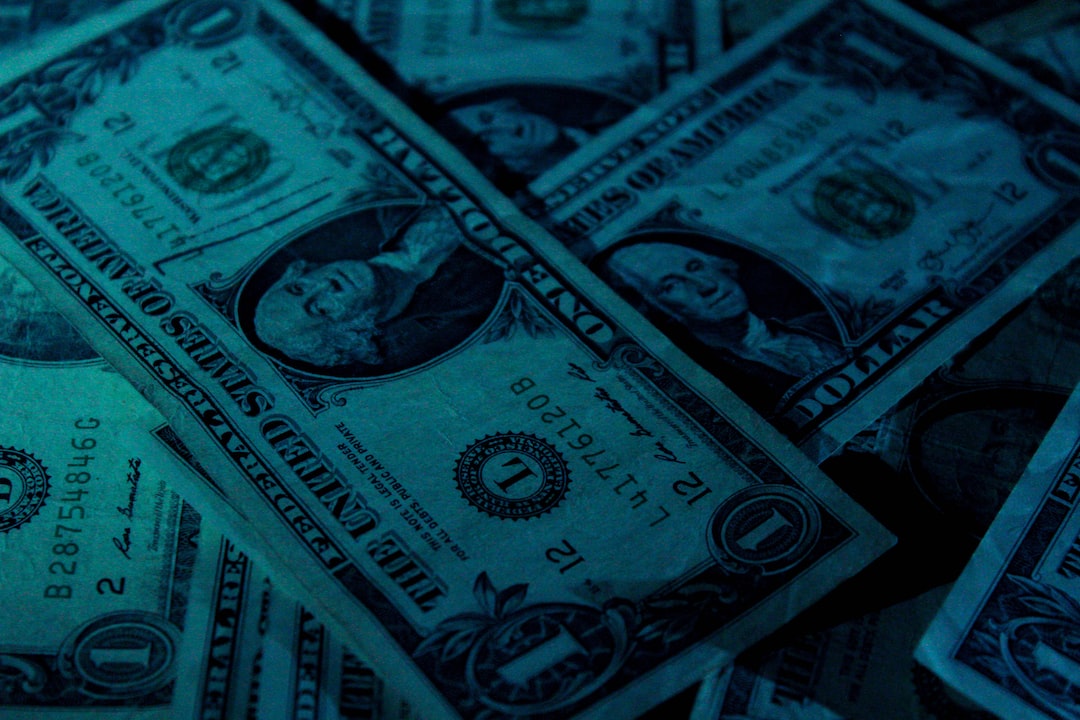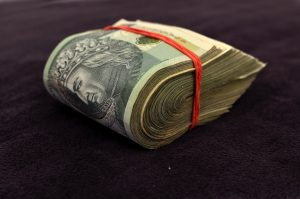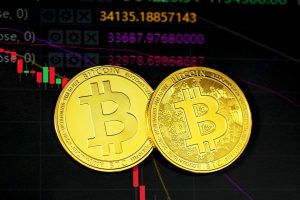Forex trading is one of the most popular forms of investment in the world. It allows traders to speculate on the value of different currencies, and potentially make profits from the fluctuations in exchange rates. However, like any form of investment, forex trading comes with various costs that traders should be aware of before they start trading. In this article, we will explore the different costs associated with forex trading and how much traders can expect to pay.
Spread
The spread is the difference between the bid price and the ask price of a currency pair. It is the main cost of forex trading and is essentially the commission that traders pay to their broker. The spread can vary depending on the broker and the currency pair being traded. Generally, major currency pairs such as EUR/USD and USD/JPY have lower spreads than exotic currency pairs like USD/ZAR and USD/TRY. The spread can also vary depending on market conditions, with higher volatility resulting in wider spreads.
The spread is usually quoted in pips, which is the smallest unit of measurement in forex trading. For example, if the bid price for EUR/USD is 1.2000 and the ask price is 1.2005, the spread is 5 pips. Depending on the broker, the spread can range from as low as 0.1 pips to as high as 10 pips.
Commission
Some brokers charge a commission on top of the spread. This is usually the case for brokers that offer ECN (Electronic Communication Network) or STP (Straight Through Processing) trading accounts. These accounts offer direct access to the interbank market, which means that traders can trade at the best available prices. However, in exchange for this, brokers charge a commission based on the volume of the trade. Commission fees can range from as low as $0.50 per lot to as high as $10 per lot.
Swap
Swap is the overnight interest rate that traders pay or receive when holding a position overnight. Forex trading involves borrowing one currency to buy another, and the overnight interest rate reflects the cost of borrowing that currency. If the interest rate of the currency being bought is higher than the interest rate of the currency being sold, traders receive a positive swap. If the interest rate of the currency being bought is lower than the interest rate of the currency being sold, traders pay a negative swap.
Swap rates can vary depending on the currency pair and the broker. The swap rate is usually quoted in points, and the cost or profit is calculated based on the size of the position and the number of days the position is held overnight.
Slippage
Slippage occurs when the price of a currency pair moves between the time a trade is placed and the time the trade is executed. This can happen during periods of high volatility or when there is low liquidity in the market. Slippage can result in a higher or lower entry price than expected, which can impact the profitability of the trade.
Slippage is usually more common with market orders, which are executed at the current market price, than with limit orders, which are executed at a specific price. Some brokers offer guaranteed stop-loss orders, which can help to limit the impact of slippage on trades.
Inactivity fees
Some brokers charge inactivity fees if traders do not trade for a certain period of time. This is usually to cover the costs of maintaining the trading account. Inactivity fees can range from a few dollars per month to hundreds of dollars per year, depending on the broker.
Withdrawal fees
Some brokers charge withdrawal fees when traders withdraw funds from their trading account. Withdrawal fees can vary depending on the payment method used and the broker. Some brokers offer free withdrawals, while others charge a flat fee or a percentage of the withdrawal amount.
Conclusion
Forex trading comes with various costs that traders should be aware of before they start trading. The main cost is the spread, which is the commission that traders pay to their broker. Some brokers also charge a commission on top of the spread. Traders also need to consider the swap, slippage, inactivity fees, and withdrawal fees. The costs of forex trading can vary depending on the broker and the currency pair being traded, but traders can expect to pay anywhere from a few cents to several dollars per trade.





